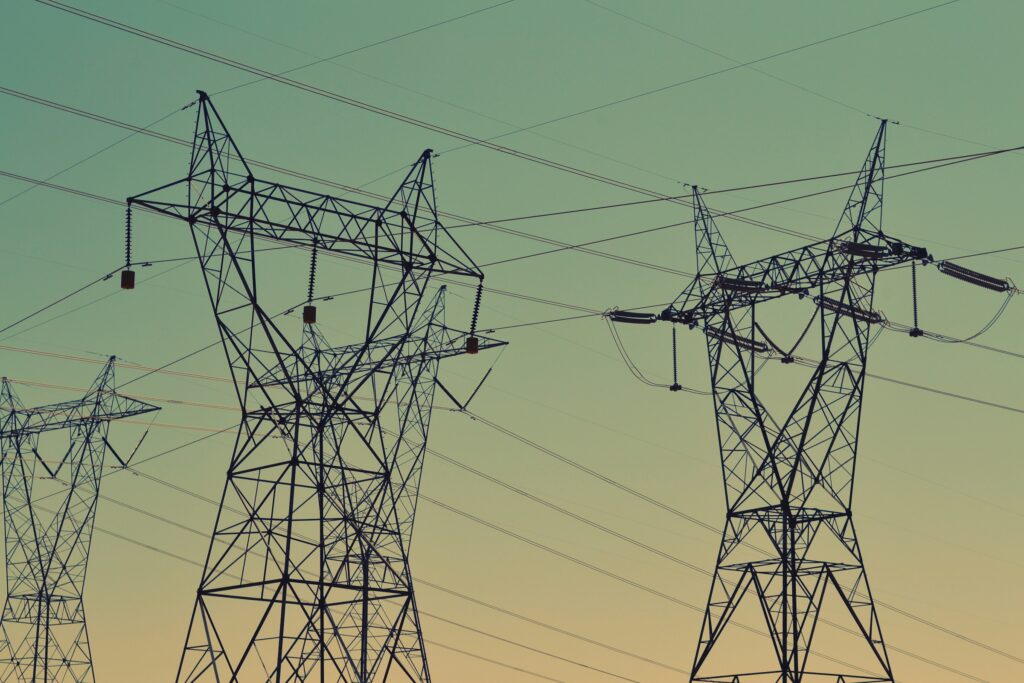
Top 10 Countries with the Most Expensive Electricity Prices
Electricity prices vary around the world, impacted by factors such as geographic location, terrain, resources and infrastructure. All of these can affect consumer prices, with higher costs being passed on from the supplier to the people using the energy.
In this blog, we’ll explore the countries that have the most expensive electricity prices, analysing what makes costs so high and what governments are doing to attempt to mitigate costs.
The countries with the most expensive electricity costs
Below are the top ten countries with the most expensive electricity prices, using the latest data from Global Petrol Prices.
| Country | Electricity costs (US dollars per kilowatt-hour) |
| Ireland | 0.53 |
| Liechtenstein | 0.46 |
| Italy | 0.46 |
| Bahamas | 0.45 |
| UK | 0.45 |
| Belgium | 0.43 |
| Bermuda | 0.42 |
| Cayman Islands | 0.40 |
| Germany | 0.40 |
| Latvia | 0.36 |
Seven out of the top ten countries are in Europe, with the other three being located in North America. There is a huge difference between the country with the highest electricity price – Ireland, at $0.53 per kWh – and the country with the cheapest electricity prices – Iran, at $0.002 per kWh. But why is there such a difference in electricity costs in these countries?
Ireland
Ireland currently has the most expensive electricity prices in the world, at $0.53 per kWh. The high costs can be linked to the country’s reliance on importing fossil fuels for its energy. Ireland has a very small reserve of its own fossil fuels, with some natural gas fields, but not enough to provide fuel for the entire country.
Plus, whilst Ireland has potential for renewable energy sources, mainly in wind and solar, this infrastructure is currently underdeveloped, and cannot meet demand. So, it must import fuel and will be subject to global market fluctuations.
This underdeveloped renewable energy infrastructure contributes to higher costs in another way too. There are various taxes imposed on electricity consumption, with the aim to reinvest the money into renewable energy projects. Whilst this may help to reduce costs in the future, right now it results in higher prices.
Another factor that contributes to high electricity costs in Ireland is due to the nature of the population. People are vastly dispersed across Ireland, which means connecting people to the infrastructure and supplying them with their electricity is more costly than in areas where people are more concentrated.
Liechtenstein
Liechtenstein has the joint second-highest electricity prices in the world, at $0.46 per kilowatt-hour. There are a number of factors that contribute to these higher costs. Like Ireland, Liechtenstein is depending on importing the vast majority of its fuel from other countries, namely Switzerland. So, the country is subject to international market fluctuations, as well as having to cover the costs of transmitting the electricity from one place to another.
Another reason why Liechtenstein has high electricity prices is due to the size of the country. Liechtenstein is in the top 10 smallest countries in the world both by area of land and size of population. So, it cannot benefit from economies of scale in its energy market. There is also very little market competition, which reduces the number of energy suppliers. This leads to higher prices, as there is less pressure to offer lower costs to entice customers.
The geography of the country also contributes to higher energy prices. Around two-thirds of the country is made up of rugged foothills and mountains. Building infrastructure across this type of landscape can be complex, and often requires a higher cost to ensure it is reliable and resilient.
Italy
Italy has the joint second-highest electricity prices in the world at $0.46 per kWh. In previous years, it has topped the list with the most expensive cost for energy. Like the other countries on this list, Italy has little of its own energy resources and so is dependent on importing fuel from other countries, which results in higher costs. Italy also has a rugged terrain and dispersed population, which means building and maintaining electricity infrastructure is more complex and costly.
Whilst Italy is investing in renewable energy sources, these projects are costly. Prices have risen more than 20% in the past five years as material prices also raise. Being able to provide its own energy from clean sources might help to lower costs in the future, but for now, the high prices are being passed on to the consumer.
United Kingdom
The UK has the third highest energy prices, at $0.44 per kWh. The UK once had a vast domestic energy resource in the North Sea oil and gas fields, but these are currently seeing a decline in production. As such, the UK is having to import more energy, which results in higher costs. The UK has also been affected by Brexit. Since leaving the EU, the UK has faced a change in trade agreements and tariffs on its imported energy, which sees higher prices.
Like many other countries, the UK is putting some investment into transitioning to renewable energy. However, the initial prices for these are costly, and the cost-of-living crisis is seeing prices for these projects rising. As such, energy prices also rise. The UK also has some environmental regulations and policies to reduce carbon emissions. As suppliers have to pay out to comply with these regulations, the costs are often passed on to the consumer, resulting in higher electricity prices.
Expatriate Group is an expert in international health insurance. If you’re moving abroad, keep yourself and your family safe and protected with our comprehensive international medical insurance. Get a quote or contact us for more information.
